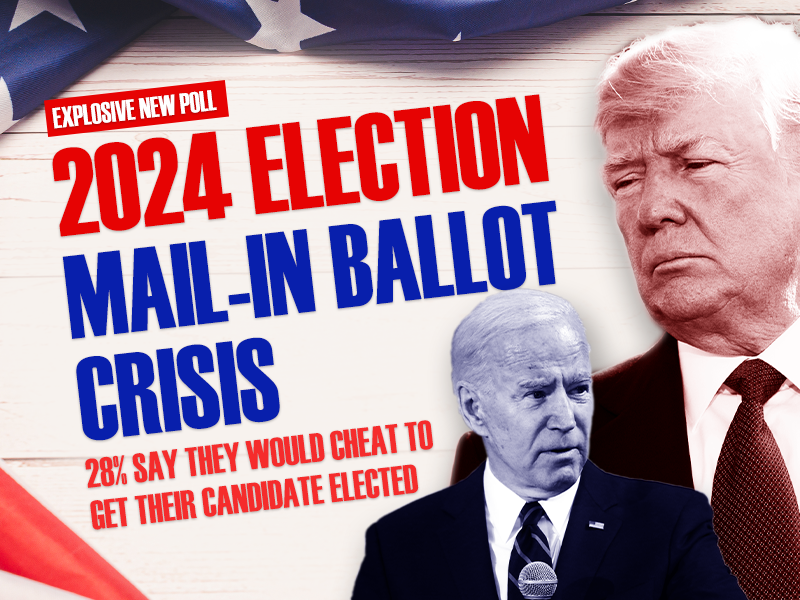The Environmental Protection Agency this week opened up comment on a new rule that would roll back the Obama administration’s coal emissions standard. The 2015 rule required that new coal plants create expensive systems to capture all emissions, a mandate that would likely price them out of the energy market. Public comments for the new EPA rule, canceling the Obama-era rule, runs through February 19.
The following statements from energy and environment experts at The Heartland Institute – a free-market think tank – may be used for attribution. For more comments, refer to the contact information below. To book a Heartland guest on your program, please contact Director of Communications Jim Lakely at [email protected] and 312/377-4000 or (cell) 312/731-9364.
“The Trump administration deserves strong praise for standing up for American consumers and affordable energy. By requiring any new coal power plants to include expensive carbon dioxide capture and storage equipment, the Obama administration effectively and purposefully banned new coal power plants. It was entirely improper for a single person – even a president – to unilaterally ban the nation’s most affordable energy source. This was especially the case considering that temperatures are warming much more slowly than the United Nations and global warming alarmists have predicted.
“The ban on new coal power plants was even more improper considering that the United States has already reduced carbon dioxide emissions more than any other nation this century, even while the rest of the world has increased its emissions this century by more than 50 percent. Punishing American consumers with expensive and unreliable energy to address emissions growth caused by other nations is cruel and callous.”
James Taylor
Senior Fellow for Environmental Policy
The Heartland Institute
[email protected]
“It is long overdue and a welcomed relief to all American industry and our energy production to finally correct this egregious over reach.
“Acting Administrator Andrew Wheeler has done a great service to our nation. It was an example of the worst environmental regulation by the previous administration in their efforts to end the use of inexpensive coal-fired power plants. They helped make America great and can now continue to keep our energy production the envy of every country in the world.”
Jay Lehr
Science Director
The Heartland Institute
[email protected]
312/377-4000
“The Trump administration is making the right move for consumers, electricity users and power companies. Despite millions of dollars in government support, carbon capture and storage technologies are still not ready for prime time. They are not commercially viable, add huge unnecessary costs to coal power plants, and when tested have not functioned well. It is time to stop genuflecting at the altar of climate alarmism and let cost effective coal plants compete in the energy marketplace.”
H. Sterling Burnett, Ph.D.
Senior Fellow, Environment & Energy Policy
The Heartland Institute
Managing Editor, Environment & Climate News
[email protected]
214/909-2368
“Among the Obama administration’s damaging attacks on coal was their 2015 rule that restricts CO2 emissions on new coal-fired stations to 1,400 pounds per megawatt-hour (MWh) of electricity generated. The Environmental Protection Agency (EPA) claimed that it ‘is the performance achievable by an SCPC [supercritical pulverized coal] unit capturing about 20 percent of its carbon pollution.’ But that was misleading.
“The technology of carbon dioxide (CO2) capture on a full-scale power plant remains a technological and economic fantasy. So in reality, the EPA was blocking even the most modern, highly efficient, supercritical coal-fired stations from being constructed since their emissions are at least 20 percent above the EPA CO2 limit. Considering America’s vast coal reserves – 22.1 percent of the world’s proven coal reserves , the greatest of any nation – it was a huge loss that the U.S. could no longer build new, clean coal-fired generating stations to replace its older coal plants. Raising the limit to 1,900 pounds per MWh of electricity generated will now legally permit the U.S. to join the rest of the world in the construction of supercritical coal-fired stations.”
Tom Harris
Executive Director, International Climate Science Coalition
Policy Advisor, Energy and Environment
The Heartland Institute
[email protected]
“Coal plants that add carbon capture that the free market is willing to pay for, such as for enhanced oil recovery, is one thing. Uneconomic carbon capture rescued by special government favor is quite another. New coal capacity should stand alone and not be hostage to an America-last global warming agenda.”
Robert Bradley
CEO, Institute for Energy Research
Policy Advisor, The Heartland Institute
[email protected]
“It is typical for Democrats to tag anything that promotes energy production requiring natural resource extraction as ‘protecting the interest of polluters.’ The irony is the amount of energy that Democrats buy from those same ‘polluters’ and the volume of greenhouse gas emissions they themselves spew every day, including the carbon dioxide they exhale every minute.
“New Jersey Congressman Frank Pallone can say the Trump administration’s priority is the coal industry and not the environment without counting the coal-based products he and his political party use all the time. Pallone is just reading from a script with no attention to how much he routinely pays for the products of ‘polluters.’ Face it, Frank, you’re ‘protecting the interest of polluters’ including your own lungs.
Ron Arnold
Executive Vice President
Center for the Defense of Free Enterprise
[email protected]
“During the 1990s, coal-fired plants installed complex and enormously expensive stack scrubbers to remove acid rain precursor chemicals from their emissions. During the same era, treatment of coal to remove volatiles prior to burning and low nitrous oxide burners became the norm. These upgrades also came with price tags that immediately cut profit margins of individual plants and all industries ‘downstream’ of them.
“The upgrades were accepted though because coal was historically the dirtiest fossil fuel to burn and everyone, including coal executives, knew change had to come. There had been real pollution and the results of clean up were measurable, particularly in terms of acid precipitation. The clean coal era had begun. We’d made enormous progress.
“The emission standard mandates just rescinded by Trump’s EPA, however, have nothing to do with acid rain. Rather, carbon sequestration is all about mitigating global warming and global warming is all about power to control everything – which is not hyperbole when one considers what would really be needed to control earth’s infinitely complex and infinitely pervasive carbon cycle. Indeed, no one has proven that either elevated CO2 or actual warming would be a net detriment to the planet. It’s bureaucratic hubris at its finest.
“The details, the numbers and the end effects of carbon mitigation efforts can be debated, but to debate the fine points is to miss the point. To accept that the delegates at COP24 in Katowice this month work disinterestedly toward their altruistic goals – and that they are indeed capable of knowing everything needed to manipulate the workings of the atmosphere, the workings of Earth’s ecology, the future of naturally variable earth systems, the future of human technological progress, etc. – is hubris defined. It’s also a lie.
“To paraphrase Solzhenitsyn, accepting lies is the start of very bad things. This is the big point.”
Cedric Keith
Policy Advisor, Environment
The Heartland Institute
[email protected]
Cedric Keith is the author of the book The Dying Fish about his adventures observing brook trout in the eastern U.S.
“Carbon dioxide results from photosynthesis. It lies under the surface of the earth in fossilized, ancient forests and swamps. All we’re doing when we burn coal or any fossil fuel is returning that CO2 back from whence it came, to the earth’s atmosphere. And there isn’t a farmer anywhere in the world who doesn’t want to benefit from higher CO2 levels.”
Mischa Popoff
Policy Advisor
The Heartland Institute
[email protected]











